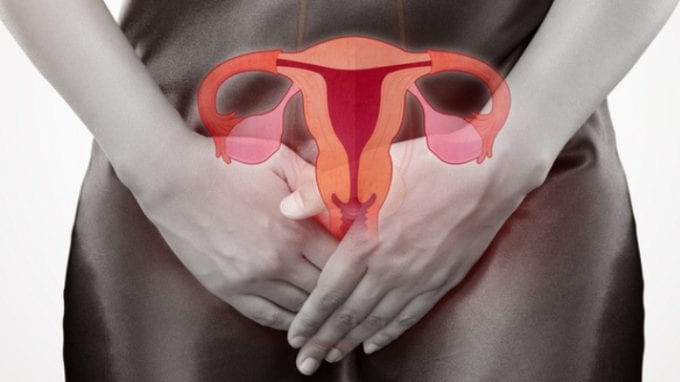A diagnosis of ovarian cancer can make conceiving difficult for women who want to have children of their own, but it is not impossible, according to some studies.
What You Should Know About Ovarian Cancer
Ovarian cancer is a byproduct of the abnormal growth and multiplication of cells in one of the two ovaries in a woman’s body, which can lead to tumors. Like other cancers, if left untreated, ovarian cancer can metastasize to other areas of the body.
Ovarian-related cancer is one of the more common forms of cancer affecting women. According to the American Cancer Society, more than 22,000 women are diagnosed with the disease every year. Of those diagnosed, nearly 14,000 will die from the disease.
Ovarian-Related Cancer and Fertility
As with most cancers, the earlier ovarian cancer is detected, the higher the survival rate. Along with that higher survival rate, there is a higher chance of being able to conceive naturally. Of course, the first step requires addressing the woman’s cancer and then ensuring that she is healthy enough to conceive, carry and give birth to a child.
Most cancer treatments involve chemotherapy and radiation, both of which can take a toll on a woman’s body. In some cases, these same treatments can also damage a woman’s eggs, eroding her chances of ever becoming pregnant. Fortunately, there are ways women can get cancer treatments that they need while still allowing them to conceive once they are healthy enough to do so.
Ovarian Tissue Transplant Surgery
Studies show that women who are diagnosed with early-stage ovarian cancer may be able to benefit from ovarian tissue transplant surgery. For those who may not be familiar with this procedure, ovarian tissue transplant is a surgical procedure that entails removing a woman’s healthy ovaries before she undergoes chemotherapy, radiation or other cancer treatments. Once the ovarian-related cancer is in remission and provided the woman is in otherwise good health, the ovaries can be placed back inside of her body.
The Stages of Ovarian Cancer
Before expounding any further on ovarian tissue transplant surgery, let’s take a moment to go over the different stages of ovarian-related cancer, which can play a critical role when it comes to deciding whether or not a woman is a good candidate for the procedure:
 Stage 1
Stage 1
This stage of ovarian-related cancer is further subcategorized by subtypes:
Stage 1A—In this stage, ovarian-related cancer is localized and is only affecting one of a woman’s ovaries.
Stage 1B—In this stage, ovarian-related cancer is affecting both of a woman’s ovaries.
Stage 1C—In this stage, ovarian-related cancer cells have formed within the ovaries.
Stage 2
Similar to stage one, stage two of ovarian-related cancer is also categorized by subtypes:
Stage 2A—In this stage, ovarian-related cancer has metastasized to either the fallopian tubes or the uterus.
Stage 2B—This form of ovarian-related cancer indicates that the disease has metastasized to either the anus or bladder.
Stage 3
Stage 3A—In this stage, ovarian cancer has metastasized well beyond a woman’s pelvis and has moved to the abdomen, affecting primarily the lining and lymph nodes that make up the abdomen.
Stage 3B—At this stage, ovarian-related cancer has advanced to the outside of either the liver or spleen.
Stage 3C—In this stage, ovarian-related cancer has begun forming deposits on the outside of the liver or spleen.
Stage 4
Stage 4A—At this point, the cells that make up ovarian-related cancer have devolved into a liquid that can be observed around the lungs.
Stage 4B—At this stage, cancer has penetrated the inside of the liver or spleen and has also spread to other organs. As such, stage 4B is commonly recognized as the most advanced form of ovarian cancer.
What to Expect During Ovarian Tissue Transplant Surgery
In most cases, a physician will only recommend ovarian tissue transplant surgery to women who are either in stage one or stage two of ovarian cancer. That said, ovarian tissue transplant is a single-incision laparoscopic surgery, whereby a surgeon will remove the ovary before cutting it into small slivers and freezing them.
Following the surgery, the ovaries will be reinserted into the woman’s remaining healthy ovary, which will enable her to conceive either naturally or via assisted fertilization.

 Stage 1
Stage 1


